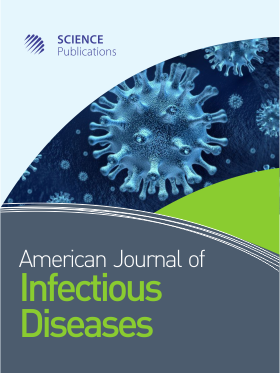Borderline Personality Symptoms and Human Immunodeficiency Virus Risk in Alcohol and Other Drug Abusing Adolescent Offenders
- 1 Florida International University, United States
- 2 University of Miami, United States
Abstract
Problem statement: Incarcerated youth with borderline symptomatology represent a particularly at risk-population due to their enggement in risky behaviors. Five hundred twenty two adolescents were assessed for borderline symptomatology (MACI), engagement in risky behaviors and attitudes/knowledge. Approach:Adolescents were divided into two groups: low borderline (below the 60 scale score cutoff) and high borderline (subclinical and clinical range). Multivariate analyses were used to test for group differences. Results: The high borderline group had higher perceived susceptibility, greater knowledge, less favorable sexual and condom attitudes and less favorable behavioral intentions. There were no significant differences by group on sexual risk or substance use behaviors. A subset (n = 156) participating in a risk reduction experimental trial were followed three months post-intervention for differences in sexual risk and substance use. The high borderline experimental participants reported significantly more anal sex than the low borderline adolescents at 3 month follow-up. High borderline adolescents in the control group reported greater cocaine use than low borderline controls at 3 months, including trends suggesting more marijuana and alcohol use. At 3 month follow-up, no differences in cocaine, alcohol or marijuana use were detected between high and low borderline adolescents in the experimental group. Adolescents with higher borderline tendencies appear to realistically assess that they are at high risk of contracting HIV but may have less confidence in their ability to adopt HIV preventive behaviors. The results indicate that borderline personality symptoms may represent an important indicator of attitudes conducive to HIV transmission. Conclusion:Three-month follow-up data indicate the importance of examining borderline characteristics more microanalytically within research studies, including their potential role as moderators of intervention effect and their interactions with substance use, particularly cocaine. We discuss the further importance of matching this microanalysis with measures of the neurobiological dimension in order to further the field.
DOI: https://doi.org/10.3844/ajidsp.2009.31.39

- 6,295 Views
- 4,075 Downloads
- 3 Citations
Download
Keywords
- Borderline symptoms and HIV/AIDS
- adolescent AOD and risky sexual behavior
- borderline personality and AOD adolescent offenders
- borderline personality
- adolescents
- HIV/AIDS
- substance use and cocaine
